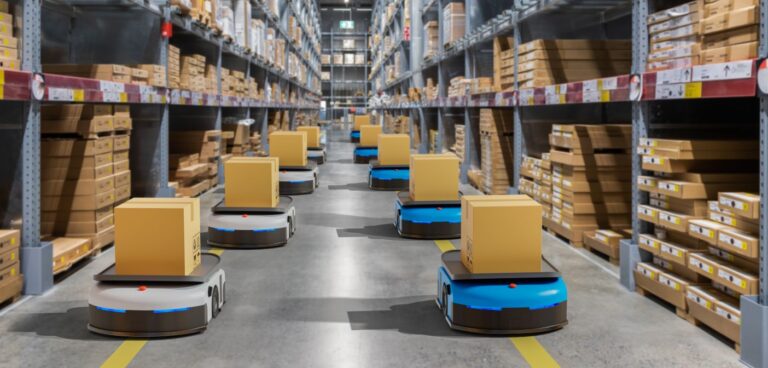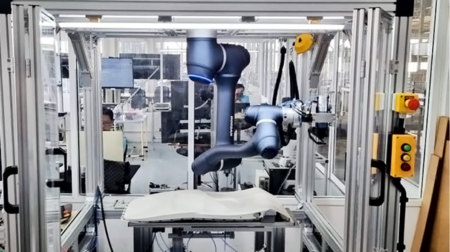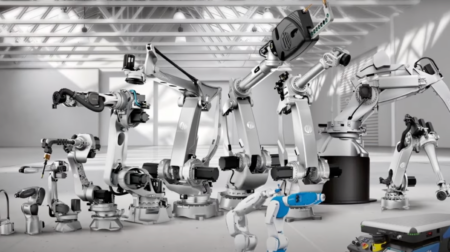Technology research and consulting company Gartner has predicted that by 2026 75% of large warehouse enterprises will have adopted some form of intralogistics smart robots.
Logistics operations have developed a growing thirst for flexible automation, the company added. “Labour availability constraints, rapidly rising labour rates and the residual impacts of Covid-19 will compel most companies to invest in cyber-physical systems, especially intralogistics smart robots,” said Dwight Klappich, vice president analyst with the Gartner Supply Chain practice.
These robotic solutions can address the need to automate certain processes by adding intelligence, guidance, and sensory awareness, allowing them to operate independently from and around humans. Gartner said there are many flexible robots use cases such as transporting pallets of goods, delivering goods to a person or picking individual items.
“Supply chain leaders should take full advantage of growing trends in robotics by creating an organisation led by a chief robotics officer, or equivalent role,” explained Klappich.
Furthermore, the firm predicted 25% of supply chain decisions will be made across intelligent edge ecosystems by 2025.
“Historically, digital supply chain investments prioritised large-scale, centralised applications in domains such as manufacturing and logistics,” said Andrew Stevens, senior director analyst with the Gartner Supply Chain Practice.
“Edges are physical locations where things, people, and data connect. Increasingly, supply chains are becoming more dynamic and cover larger networks where data and decisions originate at the edge – from operators, machines, sensors or devices.”
According to the company, edge ecosystems transform operations by allowing decision making close to the original source of information. Enabling data processing, communications and storage at the point of data capture creates more even workflows, distributes data capacity and streamlines real-time responses to stakeholders who need to make decisions.
Gartner added advances in data communications services, such as Wi-Fi, Bluetooth and 5G, are poised to support edge ecosystems and complement traditional centralised supply chain solutions with more virtualised and remote networks processing data. Across many supply chains, edge computing decision making is already occurring, and the focus over the next three years will be to identify more use cases where connected automated and autonomous networks of edge decisions can be further enabled.








